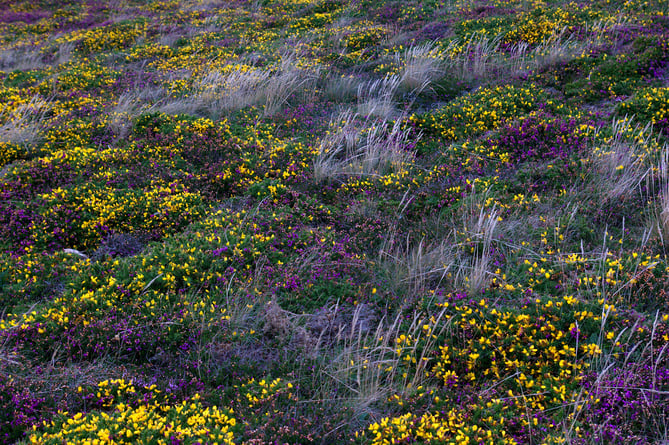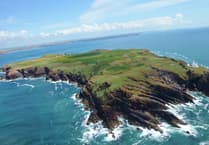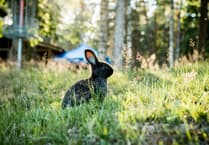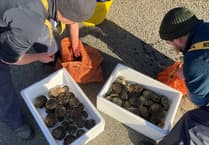Cwm Arian Renewable Energy (CARE), based in Tegryn, has secured funding to trial innovative uses of waste organic matter in Pembrokeshire for the benefit of farmers, biodiversity, and the climate.
The project, called Heath & Hedgerow Sir Benfro, aims to explore how materials such as hedgerow brash, gorse, bracken and woodchip can help farmers and land managers lower input costs, increase fertility, reduce environmental harm and improve ecosystem services. This will be achieved by trialling the use of natural materials as animal bedding, compost and ‘biochar’, an agricultural charcoal with multiple benefits.
Naomi Hope, Heath & Hedgerow Project Coordinator said:
“We are looking for farmers, landworkers and land-based organisations to test alternative animal beddings, try composting different types of waste biomass and trial the application of ‘biochar’ in their businesses.
“The project aims to practically demonstrate the value of heathland, hedgerows and woods in farming, through activities which help sequester carbon and improve habitat for declining biodiversity.”
One of the activities already planned is the cutting of firebreaks on the Frenni Fach common near Crymych, in partnership with the grazier’s association and the Pembrokeshire Coast National Park and with support from ecologist John Hudson.
This aims to reduce the danger of uncontrolled wildfires and improve habitat on the common, which is not currently grazed, for wildlife. The gorse, bracken and grass will be used as animal bedding overwinter, and some of it processed into ‘biochar’, a type of charcoal which is gaining interest for its many beneficial uses. This biochar and compost can then be used in horticulture and agriculture to increase fertility, reduce nutrient run-off and sequester carbon in the soil.
Several events and training sessions will be held before the end of the project in June 2023. To find out more, or register your interest in getting involved, visit https://www.cwmarian.org.uk/heathandhedgerow or email [email protected].
The project is funded through the Welsh Government Rural Communities - Rural Development Programme 2014-2020, which is funded by the European Agricultural Fund for Rural Development and the Welsh Government.




